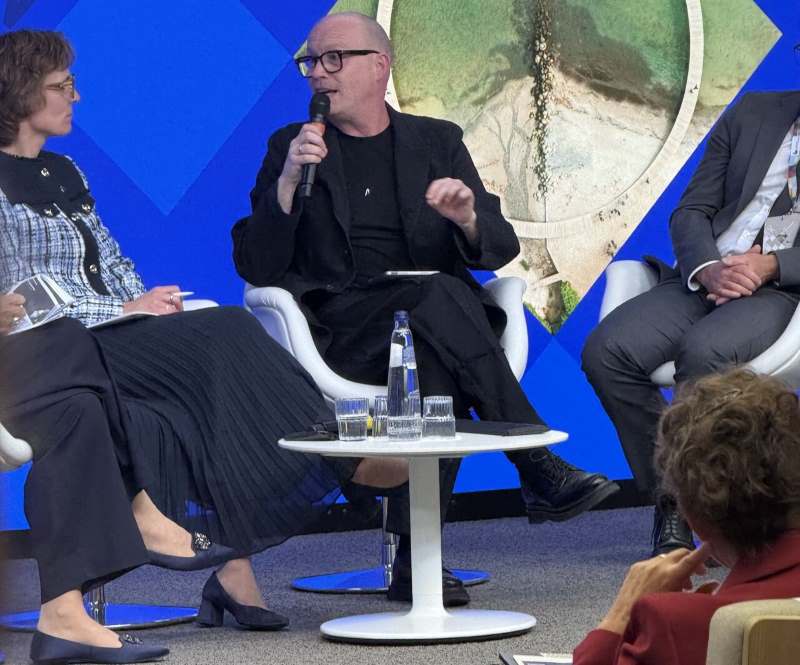As per WTO World Trade Statistical Review 2017, the ratio of international trade growth to GDP growth fell to 0.6, indicating the worst year since 2001, and growth was just 1.3 per cent in terms of volume; the weakest growth rate since 2008. Euratex, the European Apparel and Textile Confederation, notes that in spite of a bright EU economy, textiles and clothing activity in the EU lost its earlier momentum, in particular towards the end of the year.
As per the latest bulletin released by the Textile Confederation, textiles and clothing moved in opposite directions: Textile activity improved to some extent, while movement in the clothing industry showed no signs of recovery. Last year witnessed the slowest growth in EU exports since the financial crisis, while the retail turnover was less dynamic — recording a modest growth — when compared to the previous year Despite political issues, overall situation in the EU and OECD countries continued to improve. The EUs economic improvement did not benefit the clothing sector, whilst the textiles sector moved marginally ahead by just 1.6 per cent. Production prices again fell across the EU as a whole, with an overall reduction of 1.1 per cent. The only exception was in the UK, where output prices went up. However, this recorded a lesser decline when compared to 2015.
Euratex reports, “Employment in the EU for both textiles and clothing sectors remained almost stable in 2016. Taking into account the need to increase productivity to contend with global competition, as well as consumer confidence that only appeared late in the year, we could definitely view this general trend as a real sign of resilience. The textiles sector was in a more robust position, enabling it to boost employment, whereas the clothing sector again declined.”
Preliminary data for Q1 of 2017 was also favourable for the textile sector, despite a decline in spinning and weaving and nonwovens, whilst finishing has recovered somewhat. Knitted items (circular knitting) continued to grow, but at a reduced pace. Other textiles, including technical textiles, expanded more sustainably where growth was seen mainly came from the Eastern European countries. The clothing sector continued to reduce production, yet turnover rose marginally. Managers’ expectations during the second half of 2017 continued to rise with positive assessments of production enhancement.












